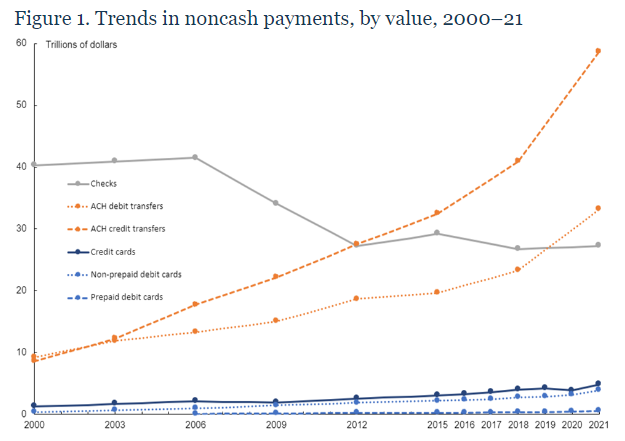
Online platforms provide an accessible and scalable way to disseminate ideas, build communities, and engage in meaningful conversations. Through various channels such as blogs, podcasts, videos, and social media, thought leaders can connect with audiences across geographical boundaries, cultural differences, and time zones.
What is Thought Leadership?
Thought leadership is the art of influencing and inspiring others through innovative ideas, valuable insights, and unique perspectives. It goes beyond traditional expertise by offering forward-thinking solutions and pushing boundaries in a given field. Thought leaders are individuals who possess deep knowledge, experience, and credibility within their industry, and they actively contribute to shaping the future by sharing their expertise.
Building an Authentic Online Presence
To establish thought leadership in the digital age, it is crucial to cultivate an authentic online presence. This begins by clearly defining your niche and the unique value you bring to the table. By identifying your area of expertise and focusing your efforts, you can position yourself as an authority in that particular field. Consistency is key in maintaining an authentic presence. Regularly sharing high-quality content that reflects your insights, experiences, and vision will help you gain credibility and build a loyal following.
Engaging with Your Audience
One of the fundamental aspects of thought leadership is engaging with your audience. Online platforms offer a range of tools and features that facilitate interaction and dialogue. Responding to comments, answering questions, and participating in discussions demonstrate your willingness to connect with your audience and add value to their lives. Actively listening to feedback and incorporating it into your work further enhances your credibility and fosters a sense of community.
Collaboration and Partnerships
In the digital age, thought leadership is not confined to individual efforts. Collaborating with other thought leaders and organizations can amplify your impact and create a stronger collective voice. Online platforms provide opportunities for partnerships, joint ventures, and co-creation of content. By working together, thought leaders can tackle complex issues, leverage each other’s networks, and foster a more comprehensive understanding of the topics at hand.
Staying Agile and Adaptable
The digital landscape is ever-changing, and to remain at the forefront of thought leadership, it is essential to stay agile and adaptable. Embrace emerging technologies, experiment with new formats, and constantly evaluate the effectiveness of your online presence. Pay attention to trends, evolving audience preferences, and the overall digital ecosystem. By adapting to the evolving digital landscape, you can continue to innovate and maintain your relevance as a thought leader.
To learn more about our services, contact us at collin@canrightcommunications.com.





